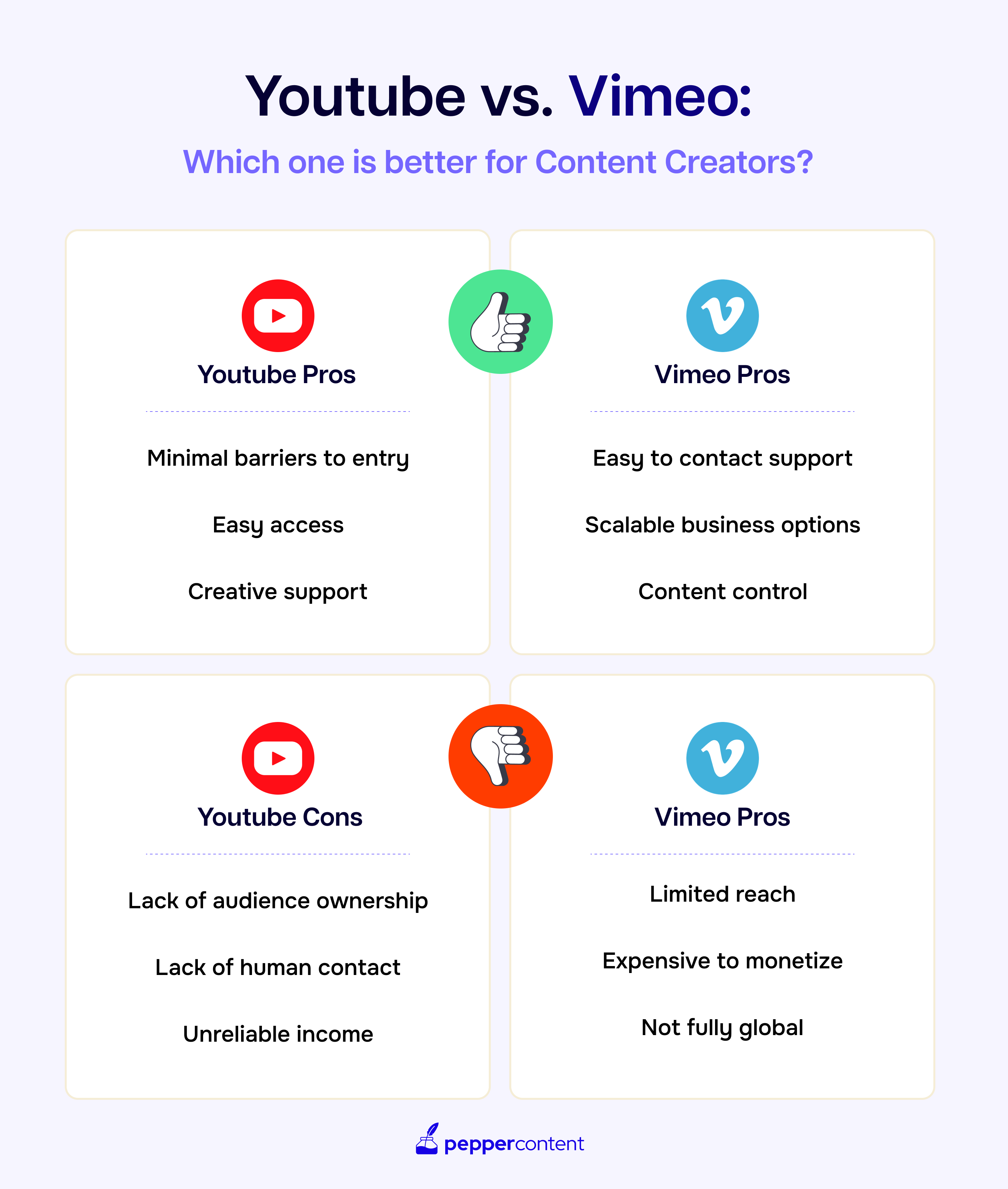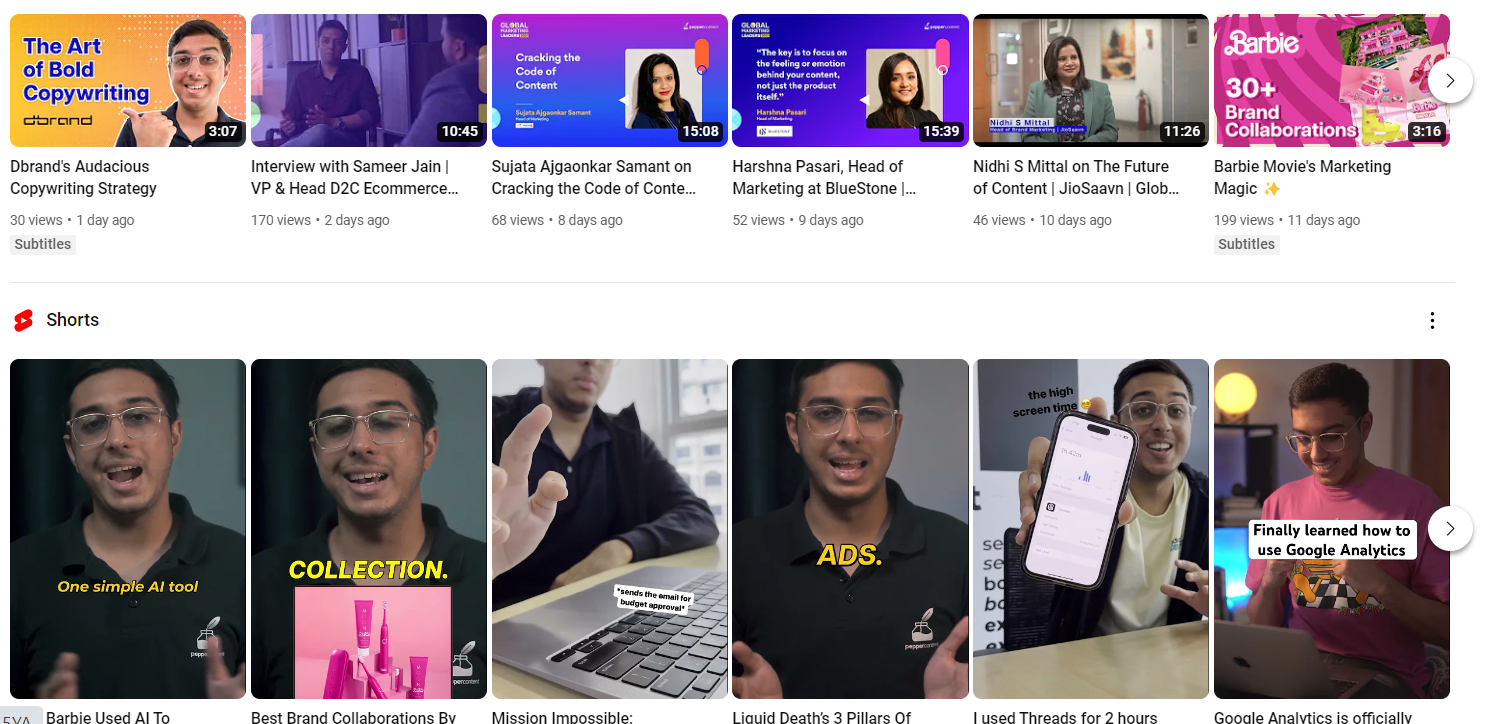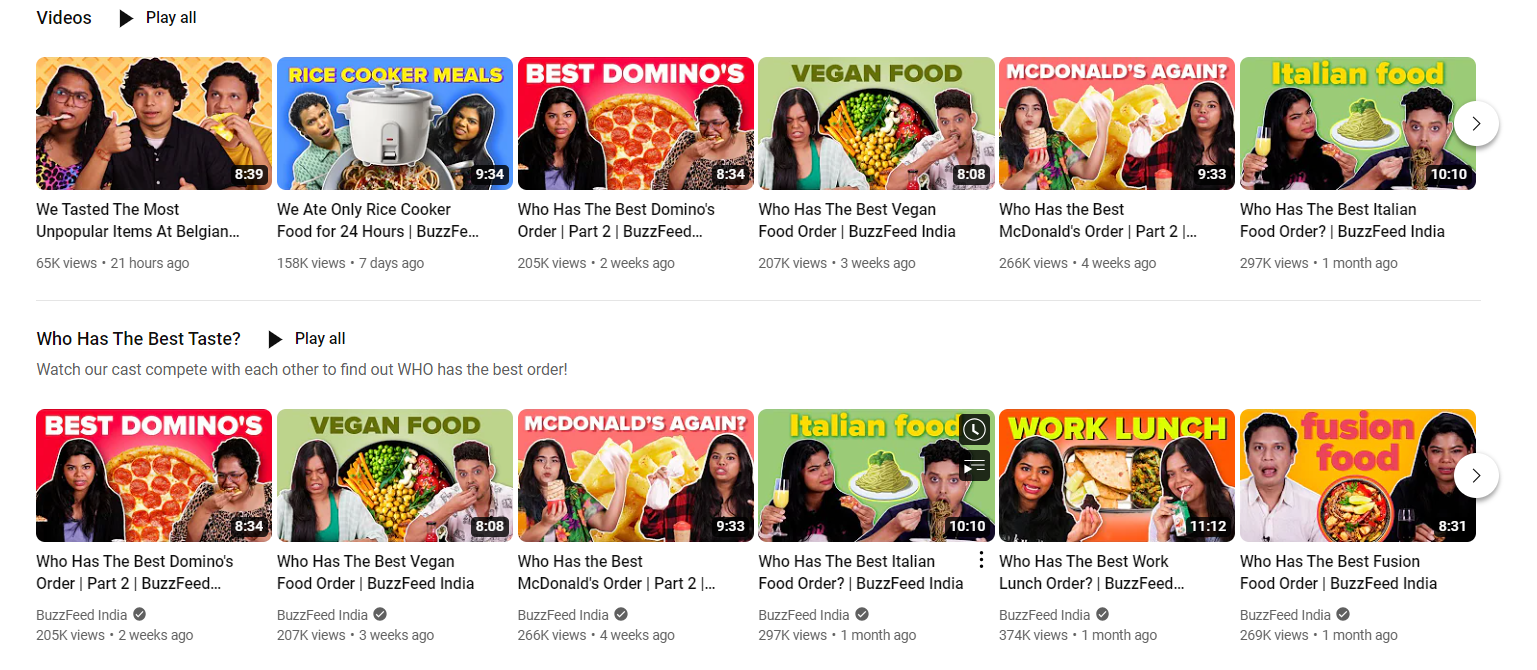Video SEO: Mastering the Art of Optimizing Videos for Better Search Rankings and Visibility

In today’s digital landscape, video SEO has become an essential strategy for marketers and content creators alike. With the explosion of video content online, it has become increasingly difficult to stand out and rank high in search results. However, by mastering the art of video search engine optimization, you can unlock the potential of your videos and gain better visibility.
Video marketing has evolved significantly over the years. From simple product demos to elaborate storytelling, videos have become a powerful medium for engaging audiences and conveying messages effectively. As a result, businesses are investing heavily in video production, making it crucial to optimize their videos for search rankings.
The rise of universal search results poses a challenge for video marketers. With Google incorporating videos, images, and other types of content in its search results, ranking high has become more competitive than ever. By implementing an effective video SEO strategy, you can increase your chances of appearing in these universal search results and driving more traffic to your website.
To optimize your video marketing efforts, there are several key strategies you need to consider. In this article, we will explore these strategies in detail, from selecting the right video hosting method to crafting compelling titles and descriptions. By following these tips and incorporating them into your video SEO strategy, you can dominate the search rankings and boost your visibility online.
The Right Video Hosting Method
When it comes to video SEO services, choosing the right hosting method is crucial. The hosting platform you select can have a significant impact on your video’s search rankings and visibility. Two popular options to consider are YouTube and Vimeo.
YouTube, owned by Google, is undeniably the heavyweight champion of video hosting platforms. With over 2 billion logged-in monthly users, it dominates the search engine market for videos. Its massive user base makes it an excellent choice for reaching a wide audience and maximizing your video’s visibility.
On the other hand, Vimeo offers a more niche-focused and professional platform for hosting videos. It provides higher-quality video playback and customization options compared to YouTube. However, its user base is significantly smaller than YouTube’s.
To decide between YouTube and Vimeo, consider your specific goals. If you’re looking to reach a broader audience and improve your video’s search rankings, YouTube may be the better option due to its immense popularity and SEO capabilities. However, if you prioritize aesthetics and customization features, Vimeo might be more suitable for your needs.

Choosing a Compatible Video File Type
In addition to selecting the right video hosting platform, choosing a compatible file type is equally vital for effective video SEO optimization. Different file formats can impact loading times, and user experience, and ultimately affect your website’s performance.
Two common file types used for videos are MP4 and FLV. MP4 (MPEG-4 Part 14) is widely supported across various devices and browsers, making it an excellent choice for ensuring compatibility. It provides a balance between video quality and file size, resulting in faster loading times and a smoother user experience.
On the other hand, FLV (Flash Video) was once a popular format but has become less prevalent due to its limitations and lack of support on mobile devices. While FLV files may offer smaller file sizes, they often require third-party plugins to play, which can hinder accessibility and user experience.
Choosing the right video file type is crucial for providing a seamless viewing experience and optimizing your videos for search rankings. By opting for popular formats like MP4, you ensure compatibility across devices and browsers while minimizing loading times.
In conclusion, selecting a compatible video file type, such as MP4, plays a significant role in improving your video SEO strategy efforts.
Compelling Video Thumbnails
When it comes to optimizing your videos for better search rankings and visibility, one crucial element that often gets overlooked is the video thumbnail. Think of it as the cover of a book or a movie poster – it’s the first thing people see, and it can make or break their decision to click on your video.
Netflix understands the power of a compelling thumbnail. Take a look at their homepage, and you’ll be bombarded with a variety of eye-catching images that instantly make you want to dive into their content. Each thumbnail is carefully selected to entice viewers and give them a glimpse into what they can expect from the show or movie.
The same principle applies to your videos. A well-designed thumbnail can grab attention, increase click-through rates, and ultimately improve your video search engine optimization. It should be visually appealing, relevant to the content, and create curiosity in viewers.
To craft compelling video thumbnails, consider using vibrant colors, bold typography, and enticing imagery that accurately represents your video’s content. Make sure the text is readable even at smaller sizes and choose images that evoke emotions or depict key moments from the video.
By investing time in creating engaging thumbnails, you can significantly enhance your click-through rates and improve your chances of ranking higher in search results.

Crafting Relevant Video Titles and Descriptions
Crafting relevant titles and descriptions is another essential aspect of video search engine optimization for better rankings and visibility. Just like with written content, incorporating relevant keywords in your video titles and descriptions helps search engines understand what your video is about and improves its chances of being discovered by users.
Take Buzzfeed’s viral recipe videos as an example. Titles like “Tasty Cheesy Pull-Apart Bread” immediately capture attention with their catchy phrases and promise of mouthwatering deliciousness. These titles not only appeal to the target audience but also make it clear what the video is offering.
When creating titles and descriptions, think about what users might search for when looking for content like yours. Use descriptive keywords that accurately represent your video’s content and pique curiosity. However, avoid keyword stuffing or using clickbait tactics that mislead viewers.
In addition to optimizing for search engines, well-crafted titles, and descriptions can also improve user experience.
Including a Transcript
Transcripts play a crucial role in video SEO optimization. By providing a written account of the video’s dialogue and captions, transcripts enhance accessibility and searchability. Take TED Talks, for example. They go the extra mile by including comprehensive transcripts alongside their videos, ensuring that users can easily find and understand the content they are looking for.
Transcripts are vital for several reasons. Firstly, they improve accessibility for individuals with hearing impairments or language barriers. By providing a text version of the video’s content, viewers can read along and fully comprehend the message being conveyed. Additionally, search engines rely on text-based content to index and rank videos. Including transcripts allows search engines to crawl and understand the video’s context and keywords more effectively, ultimately improving its visibility in search results.
Reviewing HTML for Video SEO Optimization
Optimizing the HTML code surrounding video content is another essential aspect of video SEO services. By implementing structured data such as schema markup, search engines can better understand and categorize video content. Companies like Wistia have taken advantage of this by utilizing schema markup to provide additional context to their videos.
Structured data helps search engines decipher critical information about videos such as titles, descriptions, durations, and even thumbnail images. This enables search engines to display relevant snippets in search results, increasing visibility.
To optimize HTML code for video SEO services, it’s crucial to include relevant metadata tags such as title tags, meta descriptions, and header tags. These elements provide valuable information to both users and search engines about the content of the video.
Promoting Videos for Better Visibility
Now that you have optimized your videos for search rankings and visibility, it’s time to ensure that they reach a larger audience. Promotion is key to boosting visibility and driving higher search rankings for your videos. Let’s explore some effective strategies to get your videos in front of more viewers.
One powerful way to promote your videos is through social media. Share your videos on platforms like Facebook, Instagram, Twitter, and LinkedIn. Craft engaging captions that entice viewers to click and watch. Encourage your followers to share the videos with their networks, expanding your reach even further.
Another effective method is leveraging email marketing. Send out newsletters or dedicated emails featuring your videos to your subscribers. Personalize the emails and make them visually appealing to grab attention. Provide a sneak peek or highlight the value your videos offer to pique curiosity and encourage clicks.
You can also collaborate with influencers or partner with other brands to amplify your video’s visibility. Seek out influencers in your niche who have a substantial following on platforms like YouTube or Instagram. Collaborate with them to create engaging content featuring your videos. This not only exposes your videos to a wider audience but also establishes credibility through association.

Mastering video SEO strategy is essential in today’s digital landscape. By optimizing your videos for search rankings and visibility, you can unlock their full potential and reach a larger audience. From selecting the right video hosting platform and file type to creating compelling thumbnails, titles, and descriptions, every aspect plays a vital role in improving search rankings. Additionally, incorporating transcripts and optimizing HTML code further enhances accessibility and searchability. Lastly, don’t forget the power of promotion through social media, email marketing, and partnerships to amplify your video’s visibility.
Latest Blogs
Explore how Google’s 2025 AI search updates triggered ranking chaos. Learn actionable strategies to adapt your SEO for AI Overviews, zero-click searches, and SERP volatility. Stay ahead now.
Learn how to rank on AI search engines like ChatGPT, Perplexity, and Gemini by optimizing your content for authority, structure, and relevance. Stay ahead in AI-driven search with this strategic guide.
Explore the best healthcare SEO services for your medical practice. Improve online visibility and effectively reach more patients in need of your services.
Get your hands on the latest news!
Similar Posts

Organic Marketing
8 mins read
Oops, I Think I SEO’d Too Much! What is Search Over-Optimization and How to Fix It

Organic Marketing
9 mins read
What is AMP? A Beginner’s Guide to AMP Pages & SEO

Organic Marketing
11 mins read

